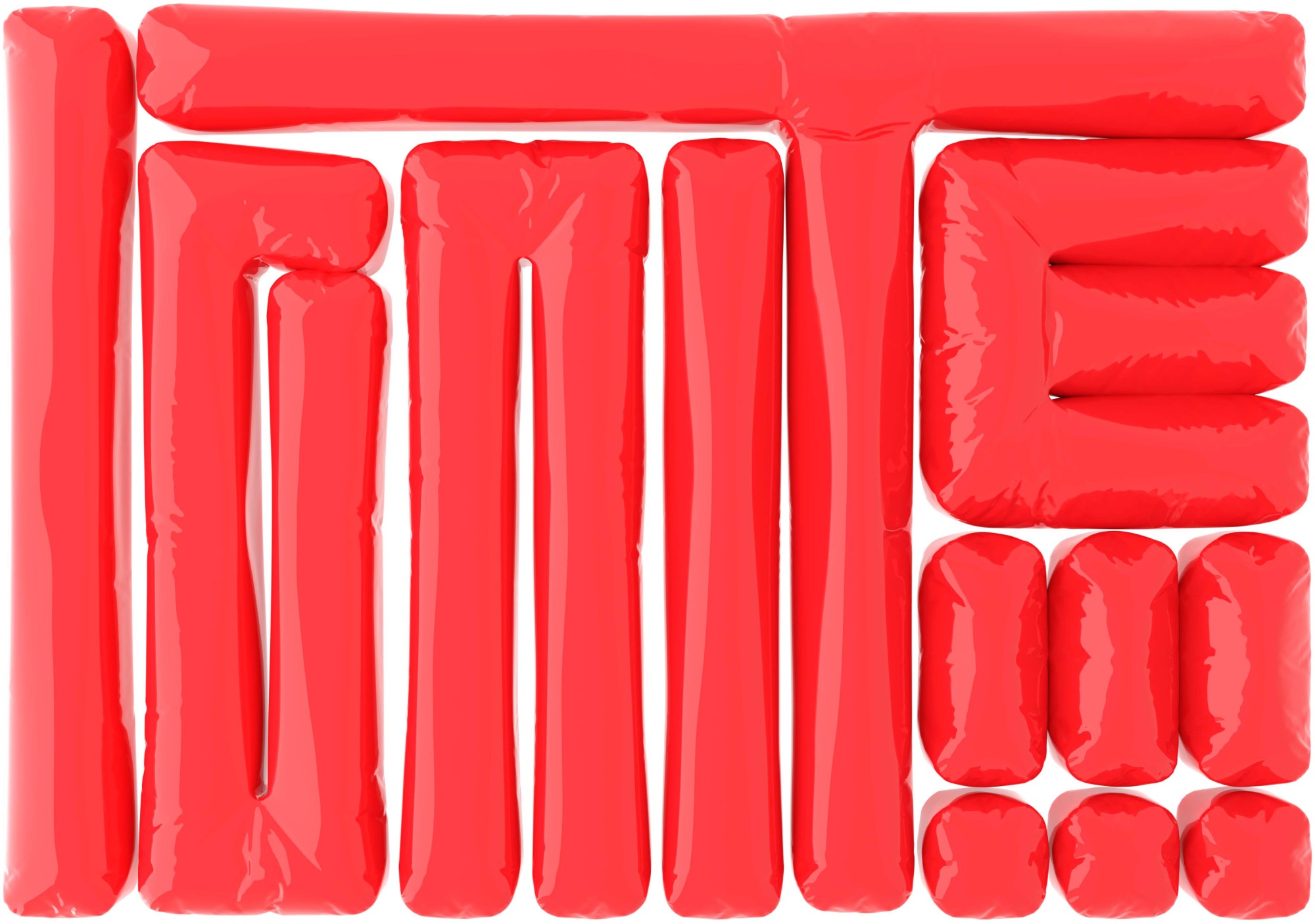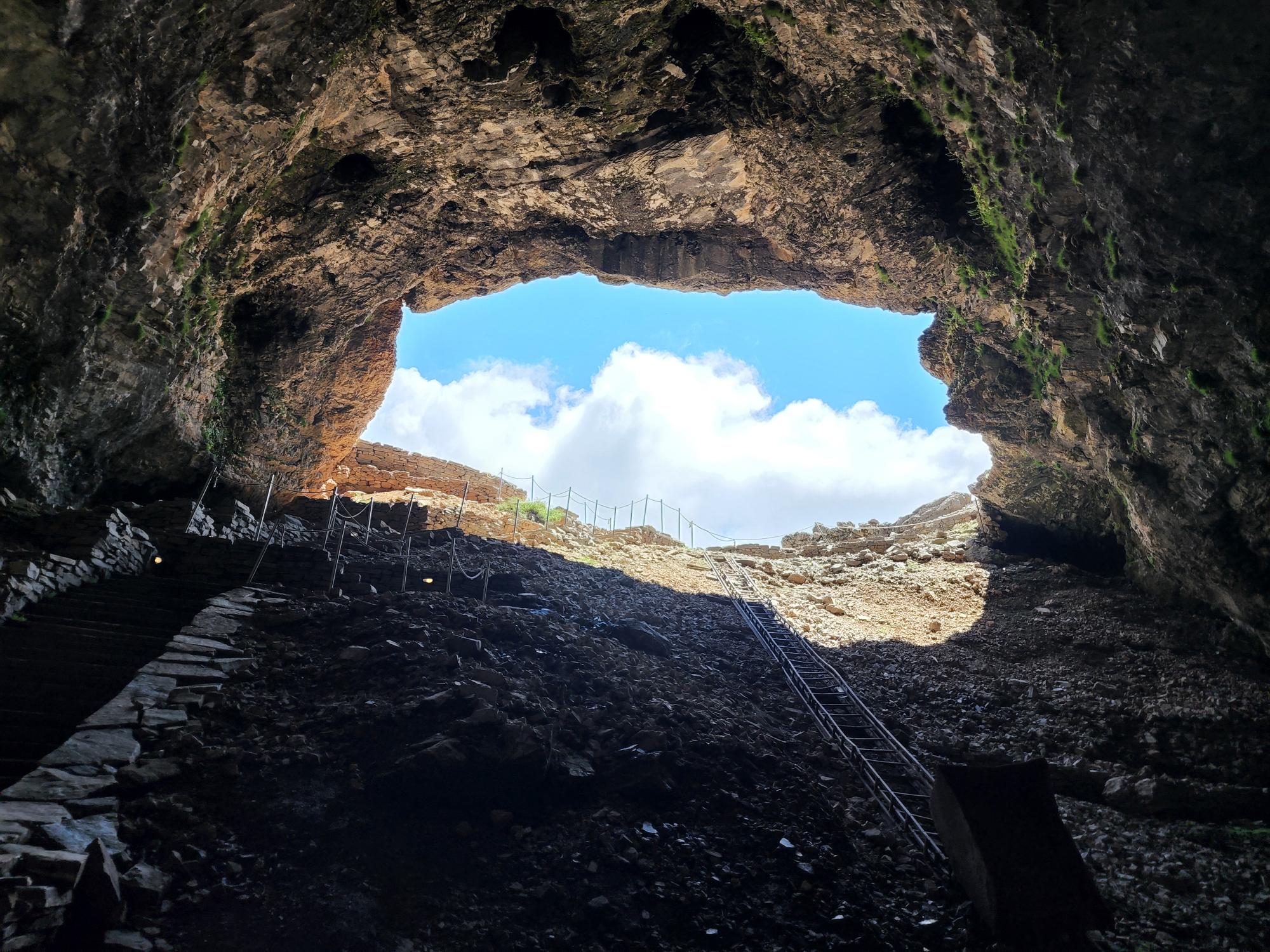Light in Art and Architecture
September 27 and 28, 2024
HISTORY OF ART & ARCHITECTURE SYMPOSIUM
Following "Light in Theory and Practice," a celebration of the opening of The Lindemann Performing Arts Center with five of today's most prominent light artists and lighting designers including Leo Villareal, whose luminous work Infinite Composition is installed in the Atwater lobby.
Light in Art and Architecture
September 27 and 28, 2024
HISTORY OF ART & ARCHITECTURE SYMPOSIUM
Following "Light in Theory and Practice," a celebration of the opening of The Lindemann Performing Arts Center with five of today's most prominent light artists and lighting designers including Leo Villareal, whose luminous work Infinite Composition is installed in the Atwater lobby.
An IGNITE Series Campus Project
Curated by the Department of History of Art and Architecture
Light in Art and Architecture Symposium
September 27 and 28, 2024
Granoff Center, Martinos Auditorium
Following the lecture series, Light in Theory and Practice, the History of Art and Architecture Department presents the second installment of their IGNITE events. The Light in Art and Architecture Symposium celebrates Leo Villareal's luminous art installation at The Lindemann Performing Arts Center, Infinite Composition, with a two-day symposium with contemporary light artists and architectural lighting designers in conversation with historians, theorists, and critics.
In a conversation with prominent architecture critic Paul Goldberger on Friday, September 27, 2024, Leo Villareal will place his work at Brown University in the larger context of his oeuvre and examine the potential of artificial light as it transforms architecture.
On the following day, Saturday, September 28, 2024, four of today's most prominent light artists and lighting designers will present examples of their practice as it enhances, modifies and interprets architecture or creates ephemeral and transitory spaces in their own right. Anthony McCall, Grimanesa Amoros, Jamie Carpenter and Jean Sundin & Enrique Peiniger of OVI, will present their work and discuss it with a Brown faculty member and the audience. A roundtable discussion at the end will explore the future of art and technology.
Light in Art and Architecture Symposium
Featuring contemporary light artists and architectural lighting designers in celebration of Leo Villareal's luminous art installation at the Lindemann Center.
Light in Theory and Practice Lecture Series
Fall 2023 - Spring 2024
Light in Theory and Practice was a lecture series on the role of light in art and architecture from antiquity to the present—as an artistic medium, an epistemological metaphor, and a condition of possibility for seeing and being seen.
Through the work of art and architectural historians, practicing architects and artists, photographers, and poets, the series considered how art and architecture can be materialized through the immaterial qualities of light and also dematerialized by way of its illusions. How does light structure our relationship to the environment and each other through means of representation, illumination, obfuscation, and other material effects? How does light enhance, interpret, change, and create architecture, while also responding to patterns of use and movement outside?

Brown Arts’ IGNITE Series uplifts the spirit of artistic collaboration across Brown, Providence, the Rhode Island region, and beyond. Ignite your creative curiosity through this multi-year series of programs, activations, interventions, and investigations.

.jpeg)
![Students and Artists United for a Martin Luther King Jr./Pedro Albizu Campos Study Center for Black and Puerto Rican Art at MoMA protest in collaboration with Art Workers’ Coalition and Guerrilla Art Action Group, May 2, 1970 [Photograph by Jan van Raay]](/sites/default/files/13422_MoMA_Protest_photo_1.rev_.1698852590.jpg)

